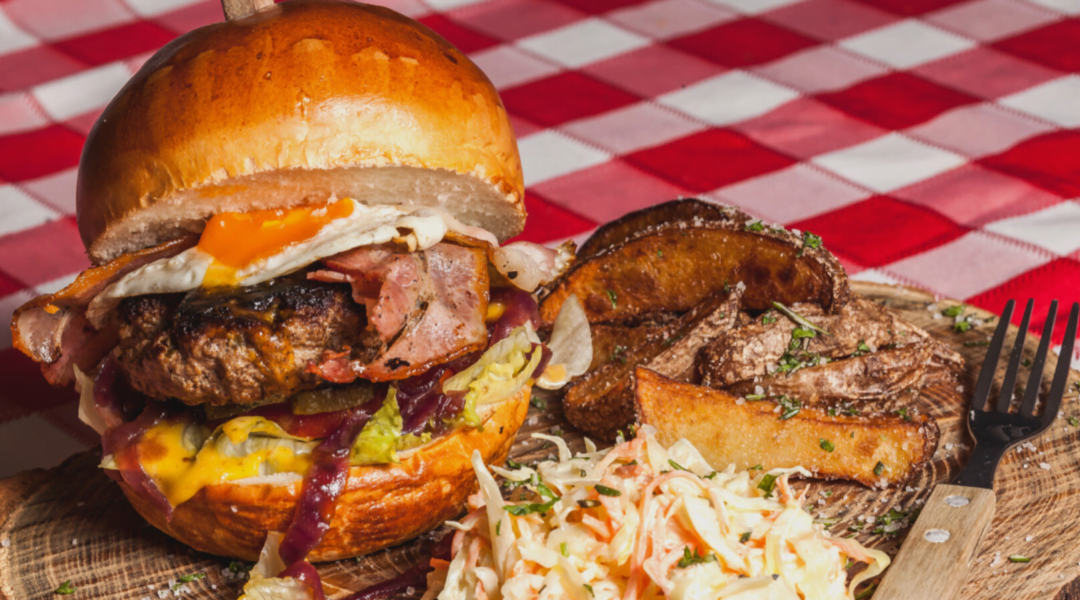Uncertainty in consumer food and beverage desires is set to continue as the pandemic continues to upend “normal” consumption trends, a new report from Culinary Tides states.
The “Shifting Sands” report on food and beverage trends was discussed last week by Culinary Tides President Suzy Badaracco and Maeve Webster, president of Menu Matters. The two discussed the implications of the new trend report on the food and beverage industry, as well as what operators should know as we move into a new year.
The focus of the forecast webinar was uncertainty. When the world was in the throes of pandemic panic, food and beverage operators took some reassurance in the consistency of chaos: when times are tough, the public gravitate toward comfort food and the familiar.
Now, said Menu Matters’ Webster, “the big question that we’re all dealing with is…where are [consumers] at? Are they still stuck in comfort? Have they moved past it?”
The “kind-of-yes-kind-of-no” recovery that came with summer and seems to be sticking around for the foreseeable future, however, is truly unique. Few operators know what to expect consumers to need or how to prepare to serve them as they return.
In times like these, said Badaracco, consumers “typically would go from comfort food to hybrids – mashups, stuffed foods,” but, she added, “COVID is slowing down the [blending of trends], so I think we’re going to be in this pre-experimental phase quite a bit longer than we normally would.”
That’s not to say the experimental phase is far off. Badaracco noted that while consumers may be tiring of the same old comfort foods and taking interest in new offerings, they’re still looking for a reminder of the familiar, unwilling to take too big of a risk.
“When consumers are feeling more confident, that’s when they start exploring more with foods and flavors,” Badaracco also said. “With confidence comes exploration… As your senses awaken as you’re more confident, your palate opens up and you’re willing to take more risks [with food].” She noted that hot and spicy, citrus flavored, and pickled and fermented options are picking up steam and will be more popular in the next few months.
On the topic of technology, Menu Matters’ Webster acknowledges the recent blurring of the lines between foodservice and retail. While she believes this merge is ultimately beneficial to both industries, she urged food and beverage operators to keep in mind what sets the two apart.
“Hospitality for foodservice is the defining characteristic of that industry,” she said. “Yes, you get human interaction from retail, grocery stores, something like that, but it’s not the same type of hospitality. It’s not the same type of experience. If foodservice is going to create any kind of competitive differentiation and provide a value proposition as prices increase, hospitality has got to be a central part of that story and that plan.”
With this in mind, Badaracco urged operators to use to technology to supplement their ability to offer hospitality, not replace it. “If the tech experience allows the order to be more accurate or be delivered to the table faster – great, consumers are onboard. But they don’t want to interact with technology unless it aids accuracy and enhances the experience because what they’re looking for is hospitality, which is human interaction.
“Technology is not why they’re coming to your restaurant,” she added.






